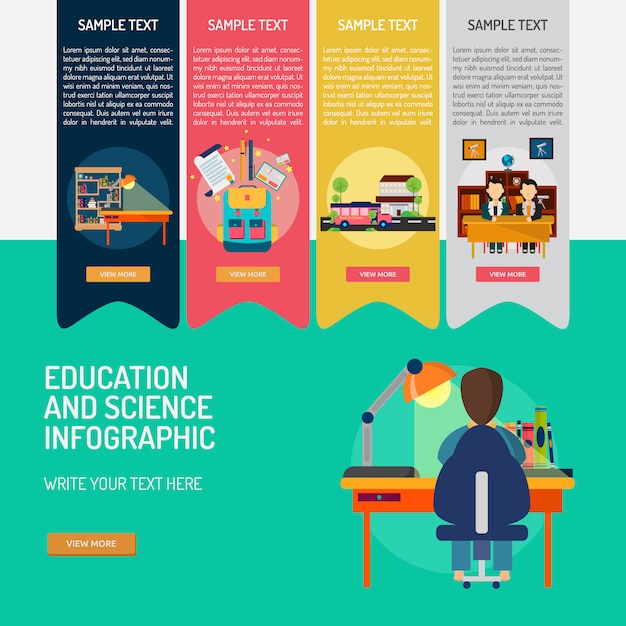World-class research based mostly on a distinctive, interdisciplinary strategy to the natural sciences, social sciences, engineering and know-how, and the humanities and humanities. Prospective students are inspired to contact the Division of Teaching and Learning annually to ensure they have the most up-to-date information. Teacherpreneurs, classroom specialists who teach college students, but in addition have time and incentive to share their ideas and practices with colleagues, are necessary in schooling reform.
Faculty college students are likely to suppose that departmental divisions mirror sharp divisions on this planet, and so they can’t respect that philosophy and science, in addition to the purported divide between them, are dynamic human creations.
Small pupil cohorts mean you get to know lecturers and peers who will become your lifelong colleagues. The challenge is to re-think about science schooling: to think about how it can be made match for the modern world and the way it can meet the wants of all college students; those that will go on to work in scientific and technical topics, and those who will not.![]()
The Nationwide Curriculum Board of Australia (2009) acknowledged that “The science curriculum will probably be organised around three interrelated strands: science understanding; science inquiry abilities; and science as a human endeavour.” 29 These strands give teachers and educators the framework of how they need to be instructing their college students.
Whether or not natural†or human-derived, every facet of a student’s life is full of science — from their very own inside biology to the flat-display screen TV in the living room. Science training is without doubt one of the most vital subjects in class attributable to its relevance to students’ lives and the universally relevant problem-solving and significant thinking skills it makes use of and develops.